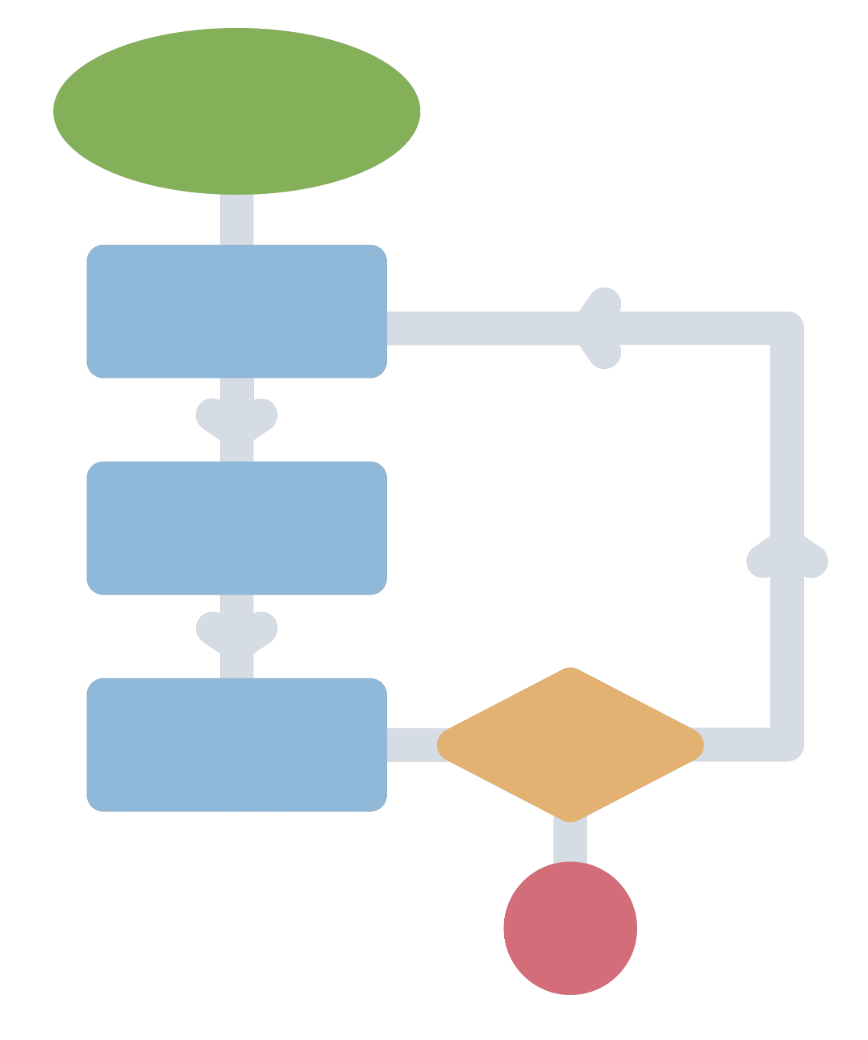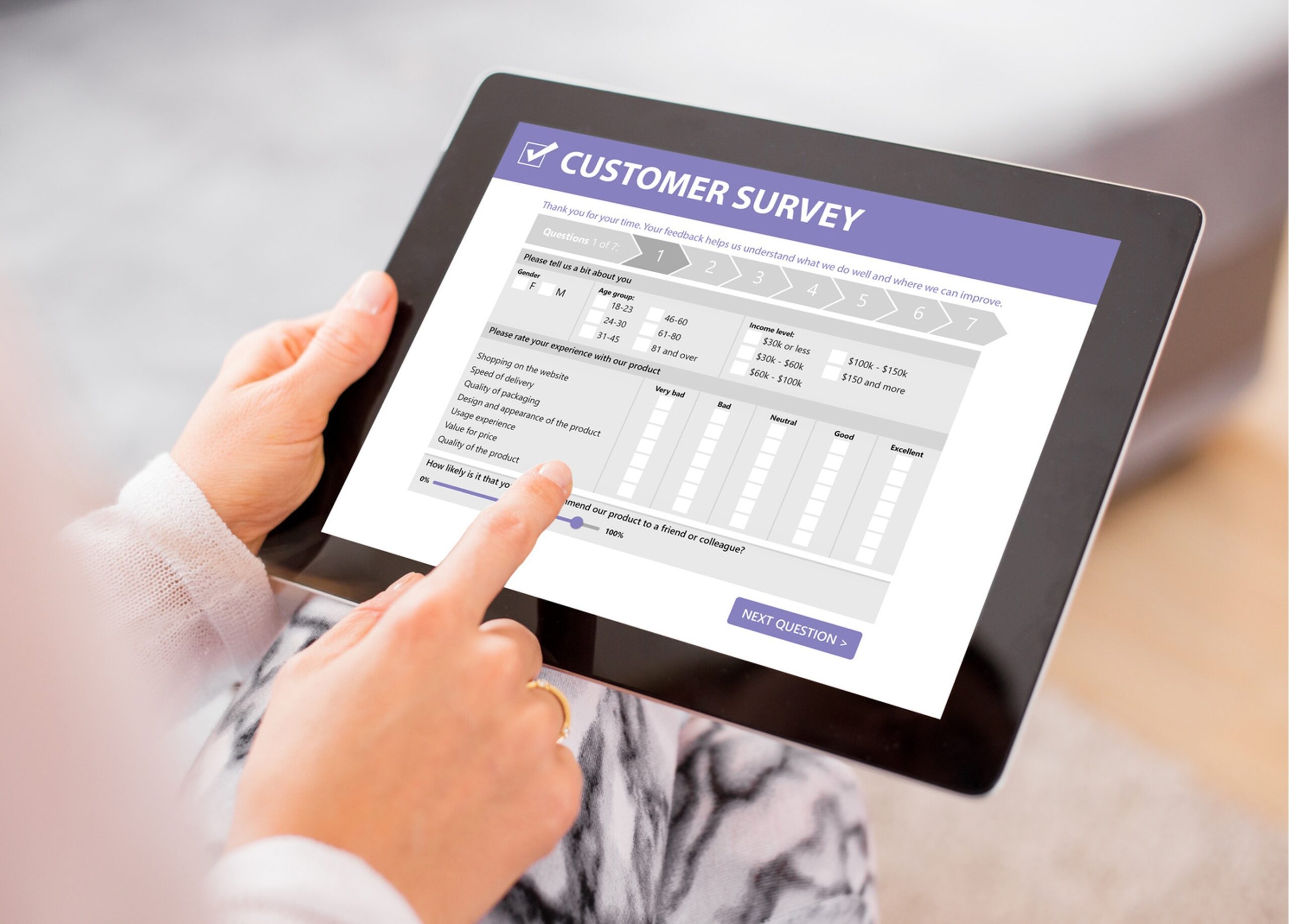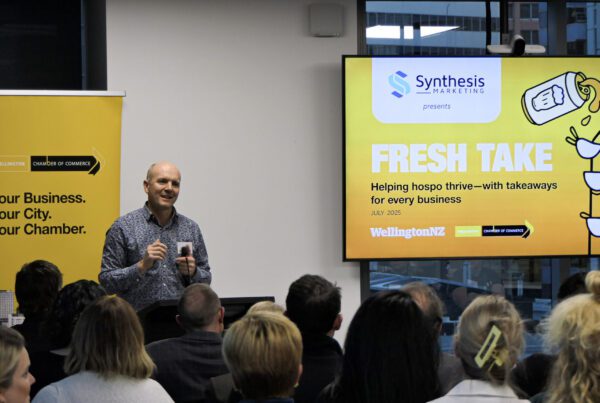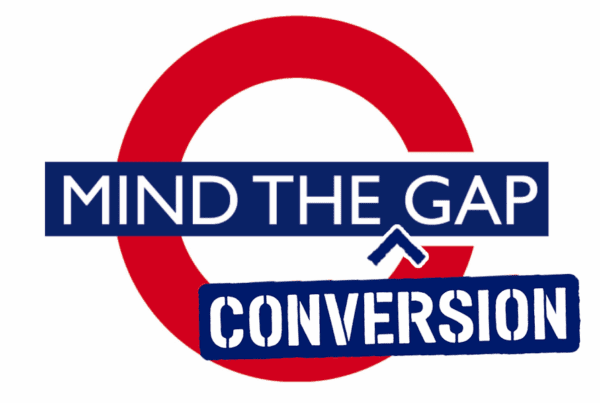Six ways to build better surveys
Having the right information and insights is an essential element of doing things better in your business, whether it is marketing, business development or staff training and management.
Running surveys is a key way of making sure you have the right information and insights, but it’s easy to run surveys that are overly long, don’t ask the right questions, or don’t end up in front of the people you want information from.
Designing a survey that does exactly what you want it to do is a real skill, and of course having some experience helps too, but there are some pointers that can make your surveys work better.
Keep in mind these pointers don’t tend to work in isolation but work best when used iteratively. Apply most, or all of them to your survey and you’ll be on the right track.
1. Define what you are trying to achieve
It might seem obvious, but one of the very first steps in designing a survey is work out exactly what it is that you want to find out.
Don’t sit down to work out what questions to ask. A better approach is identifying what you need to know, then shape questions to achieve that. Done well, this means that you can ask questions different ways across multiple surveys but still be getting the data you need every time (see benchmarking below).
If you are struggling with too many questions, try breaking them down into essential and nice to have categories, and then go through them all asking do we really need to know this?

2. Identify your audience
This step might handle itself, if you are doing a survey of all your customers for example.
However, if you are clearly defining what you want to know, and keeping your survey small (see below), then you are probably going to want to think about limiting your audience to the people that are most likely to be able to give you good replies to the questions you really want answered.
It’s better to get better/more useful responses from a smaller number of people than it is to have to sift through lots of less useful answers for the odd gem. Another good reason to define your audience well is because some survey platforms charge based on the number of respondents you are going out to. A smaller, well-defined audience might save you money, especially if you have to pay for your platform annually.
3. Think about types of data
When you are planning your questions, keep in mind what is involved in processing the answers once the survey is closed.
More quantitative data, where respondents choose from fixed options, is easy to process, easy to present and powerful when it comes to identifying trends and changes. Generally, though, despite getting good responses rates (it’s easy to tick boxes or rank options etc) you are less likely to get people telling you things you didn’t already know by using the ‘other – tell us more’ type options.
Data on the more qualitative side, where you let the respondent tell you what they think in free text boxes etc., is harder to process, present and most importantly, interpret but is often where the really useful information comes from. Response rates for these types of questions tend to be lower, depending on how engaged your audience is, but are a great way of getting your thinking outside the usual box.
Answers to these questions can be a bit confronting, with the potential to get quite negative. Just remember that it’s still valuable to learn what staff/customers/clients don’t like.
4. Keep it short
The shorter a survey is, the more likely you are to get high response rates and good quality responses. Many survey platforms have an option to tell respondents how far through the survey they are, and it’s often a good idea to tell people how long the survey is likely to take in the introductory email or message.
Sometimes, taking a bigger survey and splitting it out into shorter surveys for smaller discreet audiences is a good way to keep respondents happy.


5. Use skip logic
Another way of handling lots of questions and a big or mixed audience is ‘skip logic’. If, for example, you work for an organisation that is surveying members and non-members, an early question that splits the two groups out, so respondents only see questions relevant to them, and then brings the two groups back together for common questions later, is a good option.
You can get really creative and use lots of nested logic paths through a survey, but keep in mind that the more complex a survey is, the harder it is to manage and keep track of at various steps both before and after you run it.
6. Keep it benchmarkable
Using a survey to get answers to pressing questions is great, but for most businesses the real benefit of running surveys comes from benchmarking or checking how things are changing between surveys.
The simplest benchmarking tool is NPS, or Net Promotor Score. It’s the “How likely are you to recommend…” question you see at the start of many surveys and is a standard question option in most survey platforms.

There is a bit more information about NPS here, but there are two easy ways for a business to use it.
- Check you NPS against the range of scores commonly seen by other businesses in your sector.
- Monitor how your NPS changes over time, so you know if you are heading in the right direction.
The other aspect to benchmarking relates directly to defining what you want to know from your survey. Ideally you want to be able to compare response between the surveys you run at intervals that suit your business.
IF THE QUESTIONS YOU ASK ARE COMPLETELY DIFFERENT EVERY TIME YOU RUN A SURVEY AIMED AT A GIVEN AUDIENCE, THEN YOU ARE MISSING OUT ON A LOT OF INSIGHTS.
Get some help
These pointers are just a few of the things we have learnt here at Synthesis Marketing over many years of designing and running surveys, as a market research agency, for clients.
Recently, as a bit of a demonstration, we ran a small, carefully designed survey at the start of a presentation to Wellington businesses that we did in partnership with WellingtonNZ and the Wellington Chamber of Commerce. The interesting thing that we did was to process the results as soon as we closed the survey and then feed the results back into the presentation slides, live, as we did the presentation. The audience loved it and found the results relevant to the issues being discussed and informative too. We can help you do this if you have an audience (i.e. staff at internal events, industry specialists at conferences, client demonstrations etc) that you want to present to, survey and share results with all during the same session.
If you are struggling to put together your own surveys and need a bit of help or are keen to make your next survey next level, we’re happy to talk to you about what we can do to support you.
With our belief that ‘deeper insights create better decisions and more powerful marketing’, and background in marketing and business development, we’re ideally placed to help you get the most out of any survey you run.





